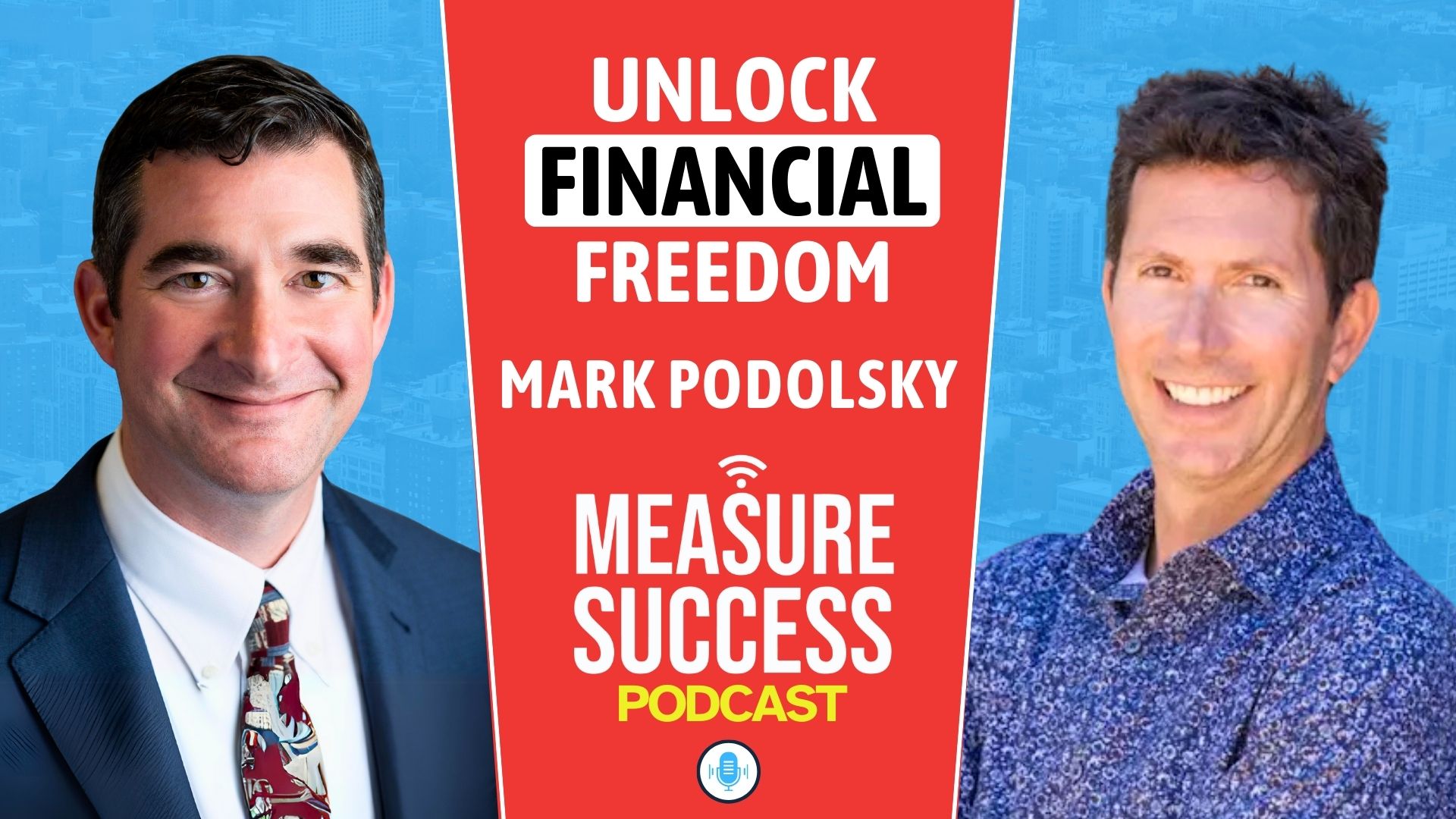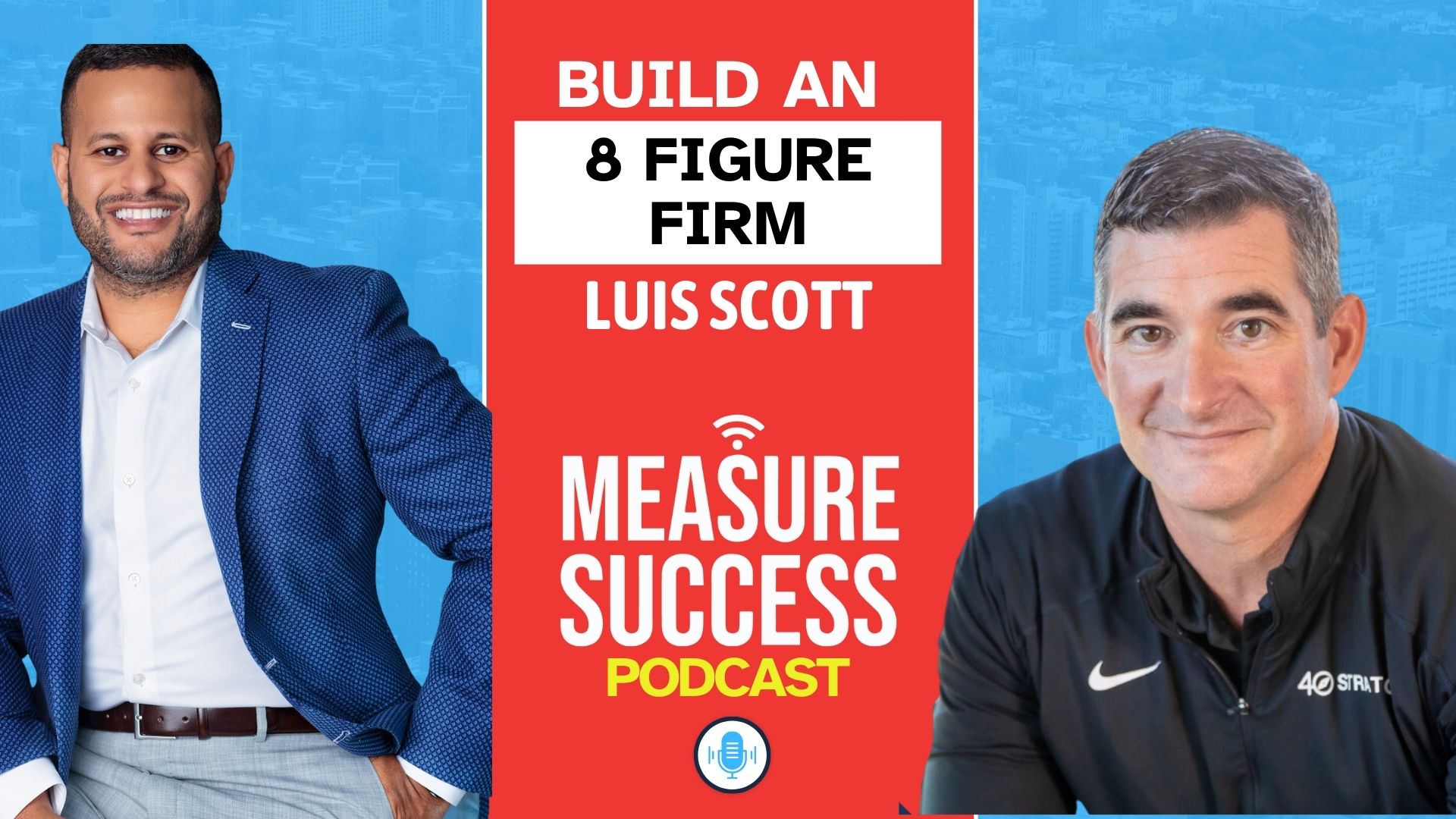Jeremy Weisz 9:56
What were for this particular company, what were some of the goals that they were able To achieve
Carl J. Cox 10:02
so for them this this organization, their biggest challenges they just weren’t growing. And and so this is changed that almost want to be careful saying anything overnight. But by putting some clear strategies and and focusing on a growth, they’ve started growing back to, they’re going to grow to a level they’ve never been before. And and that’s extraordinary exciting for them. It’s exciting for the equity firm who’s hired me, and and now they’re getting positive results where they can ultimately get their outcomes of getting a positive return on investment.
Jeremy Weisz 10:39
What were when you talk about it with them? What were some big needle movers for them?
Carl J. Cox 10:47
Well, one of the, like, in this,
Jeremy Weisz 10:49
when we look at this seven-step process, what did they say convey to you, this was a needle mover, what part of this process for them?
Carl J. Cox 10:59
I think one of the key things is literally on combining the who we are and where we need to go. So the who we they were beforehand was were the best at customer service, they were a very high-level customer service oriented organization, and their customers love them. We’re now taking an and to that. Not only are we love our customers, but and we’re finding ways to get to new customers that are out there and viewpoint is this isn’t about doing hard-selling, it’s about sharing the good news that we’ve already been doing. So more people want to get what we’re providing. And knowing that and how to do that in a way that fits with the culture of the organization has made them more joyful about the way of doing it. And, and also, you know, we had just put make sure, within the organization as well, you have to put the right people in the right seats in the bus and, and help make sure they’re going to things about people process and systems. And so you have to look at all three of those elements to make sure you have the right people in the right place getting things done.
Jeremy Weisz 12:09
What when you talk to this company or any company, what surprises them about the process? Is there. You know, for that what you just mentioned, a big needle mover make kind of surprised me will surprise me I did not expected answer, because it goes back to kind of the clear compass that you talked about, which is aligning your vision mission core values and the team. And that’s to some people may seem well calls that really that important. like yeah, we already have vision statement we already have. And you’ve probably you’re kind of laughing if your people are watching the video. You’ve probably heard that before.
Carl J. Cox 12:46
Yeah. Oh, yeah. Yeah. So there’s a several different surprising parts. And in something I didn’t mention before, and is, you know, it’s not uncommon for organizations to have goals, but they don’t know how to get there. They focus so much on the lagging indicator, we’re going to get to this outcome. But they truly don’t think are they doing something different than they had done in the past. And from a measurement standpoint, a key performance indicator, this is what I mentioned before, and 80 to 90% of most organizations focus on the lagging outcomes. My goal is to get 40 to 50% of be on the leading outcomes, the leading indicators to get the outcomes. That’s the big aha moment. It’s like, Oh, you mean I so I’ll try to put this in an analogy and exercise. I’m going to lose weight, right? There’s a common New Year’s resolution goal, I’m going to I’m going to lose 20 pounds. Well, congratulations. But but they don’t get there because they don’t figure out the strategies and how they don’t realize that you have to exercise and then or how often you’re going to exercise or are you going to track your calorie intake? Those are two key things, right? If we focus on the right calorie intake, focus on and then moving forward to an exercise, typically people have positive outcomes. But when you just focus on the weight, they’re a lagging indicator each time it’s the end result of what you should be doing. Right. And and that there’s
Jeremy Weisz 14:16
a goal. Everyone has the same goal, but they don’t have a plan to get there or no. And they know maybe they have a plan, but they’re not measuring that plan.
Carl J. Cox 14:24
They’re deaf, most cases, they’re not measuring the leading indicators for sure. And and then they’re not realizing that no, literally everyday matters and tracking your calories. Right. So it goes down to growing a sales organization. What have you done today to reach out to a new client, right? And it’s amazing how many times they’re like, Well, our ads are working. You know, there’s this, this steak today I’m believing that just because there’s an a website and you’ve done a great job that people are just going to come to you and it’s just not true. You know, today more than ever, we have to still be proactive and reach out to new prospects. Next.
Jeremy Weisz 15:02
So needle movers goes back to kind of the fundamentals of your plan, you know, that seven step process, and really aligning everything. But it also goes into for my hearing the measuring key parts of the journey.
Carl J. Cox 15:22
That’s right. Right.
Jeremy Weisz 15:24
We’re anything is that what surprised them? That they thought that they had goals and those were the goals, but they weren’t measuring the leading indicators?
Carl J. Cox 15:34
Yeah, that’s a massive surprise for most, for most people that I work with. And this client particular they, they is itching, they had actually a beautiful strategic plan, the end result? Right. So they had an idea of where they wanted to be. But they weren’t focusing on what is it really going to take to get to there? And and so once we actually started doing some actions of No, really to get new clients, how can we find ways to connect with them, and be present with them in ways that are different than you’ve done in the past. And immediately, they started getting a creative sales, from making these actions, just finding different ways to connect with the customer. And once again, just not expecting for the phone to ring.
Jeremy Weisz 16:23
Talk touch for a brief moment about that, you know, lagging. Most people are focused on their lagging indicators and the goals and not the leading indicators. What are some examples in this scenario of leading indicators?
Carl J. Cox 16:38
So leading indicators, and we’ll just keep it simple sales, because sales is probably one of the easiest things for everyone to understand. Sales in this case is, let’s say you want to grow 20%. And then you have to back out so so what is going to take for us to grow 20%? And then you ask the question, well, it means that we’re going to have to have 25, New 20 new customers. Okay. Okay, so each one of those is going to basically represent so then what are we doing to get to those 20 new customers? That, that why behind the why questions, and then you might come down to to get to those two to 20 new customers, you need to reach out to 10 new prospects every day, to be able to get the element to actually go out and reach them. And that process itself, measuring how many new prospects are reaching out to, can be sometimes the most critical thing. Another thing might be is, has the CEO actually called their key customers and asked for referrals. Not just not just the salespeople themselves, but actually the top leaders in the organization? Have they reached out to their key customers and asked, so that becomes a leading indicator? How many times has the CEO talked with key existing customers to ask for referrals? So those key leading indicators and being the difference between all that creates more leads. And nothing’s better than a lead coming from another CEO. Right? Right. These are the type of things that are far more valuable. And then we help get this to our salespeople. So they can help us do the things that we need to do to help provide the value. And now I’m assuming they see what we provide. So ultimately, they want to buy from us.
Jeremy Weisz 18:22
Yeah. So you map out all of these leading indicators, because most people may not be doing it all, most people may be only been scratching the surface at the type of leading indicators. But essentially, what you do is you reverse engineer all of these processes. So you can create these leading indicators for success, essentially, Carl, any last things that we should talk about in this process, or in the result, and I want to point people towards you know, 40strategy.com check it out, check out the podcast, other episodes, check out the book, when it’s live there on the website. What else? How should we conclude this with this particular case?
Carl J. Cox 19:11
Well, first of all, as you were talking about, there was a letter D deeper that as you’re talking through the last part, and it’s about making sure you have detailed processes and procedures to actually get things done. And so actually wanted a little shout-out to Adi Klevit with Business Success Consulting Group. She I bring in her team often to go down to that deeper level detail to help make sure that this transformation takes place because sometimes it’s down to the journal staff members or the operational managers to help get things done. So I just wanted to put that quick little shout out there. I think I think at the end of the day, where where how we can help make a difference for for clients and help do things is follow the process. Make sure you where you go And go back and renegotiate because things are about cause and effect, they go back to the Harvard Business Review. When we have clear leading indicators we focus on, we can typically triple our outcomes. And having that clear and focused and measurable ends up getting you to a place where you have a lot of success and, and often, we’re surprised by sometimes the most simple things that we do have the greatest impact on the outcome.
Jeremy Weisz 20:25
Thank you, Carl, check out 40strategy.com, other episodes of the podcast. Thanks for having me.
Carl J. Cox 20:32
Thanks so much, Jeremy.
Outro 20:36
Thanks for listening to the Measure Success Podcast. We’ll see you again next time to learn from the best. Remember to subscribe now to get future episodes.




